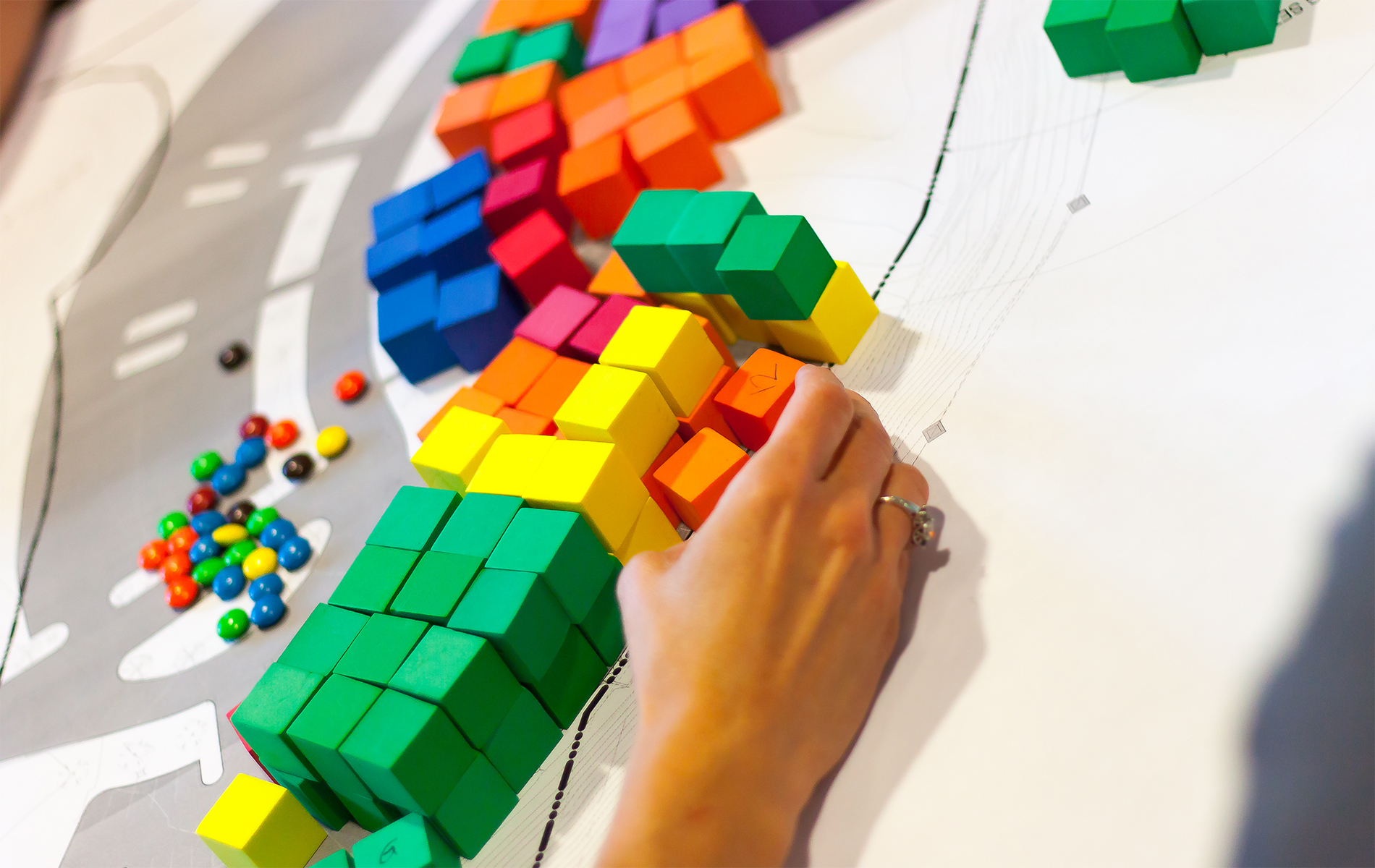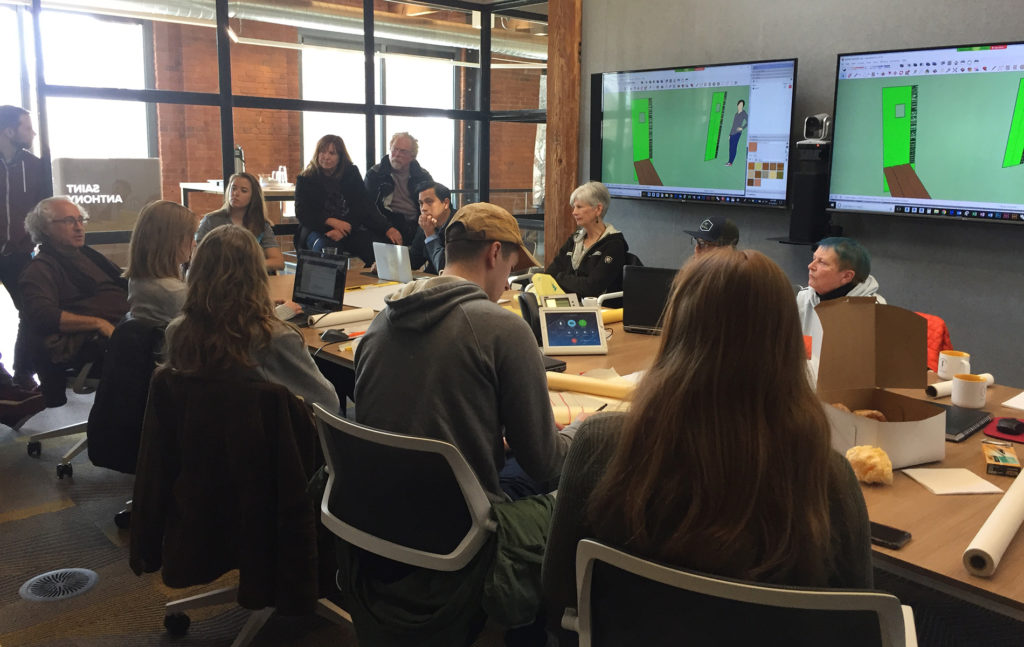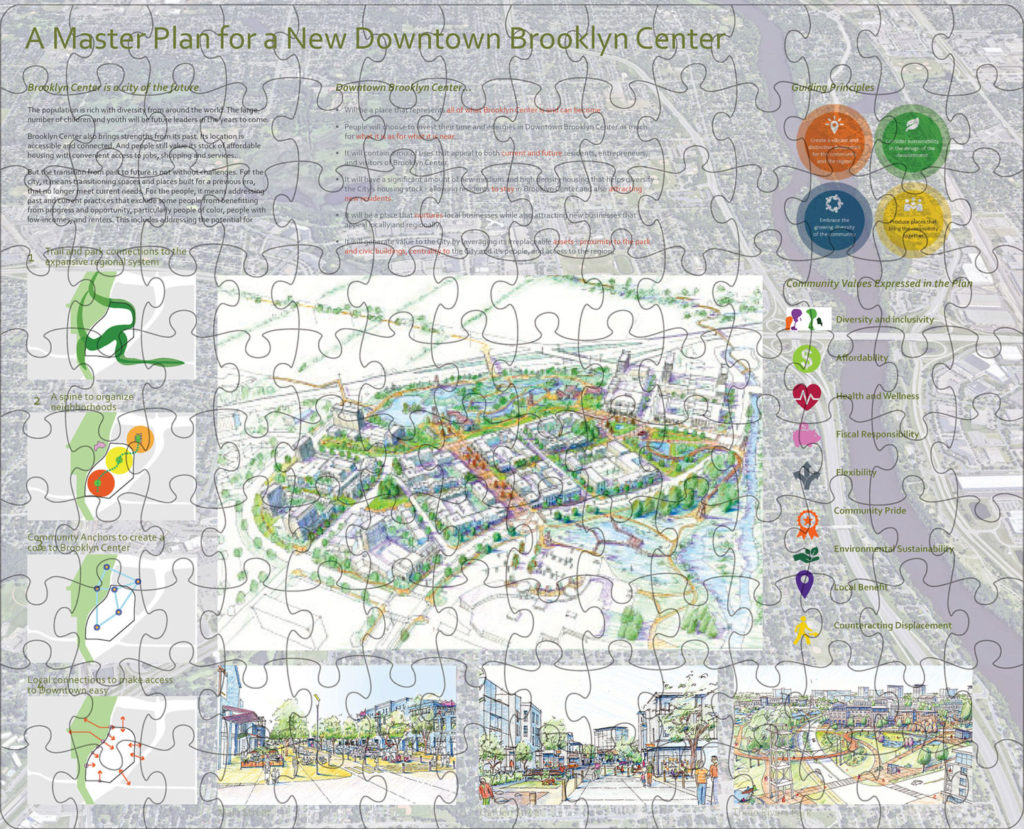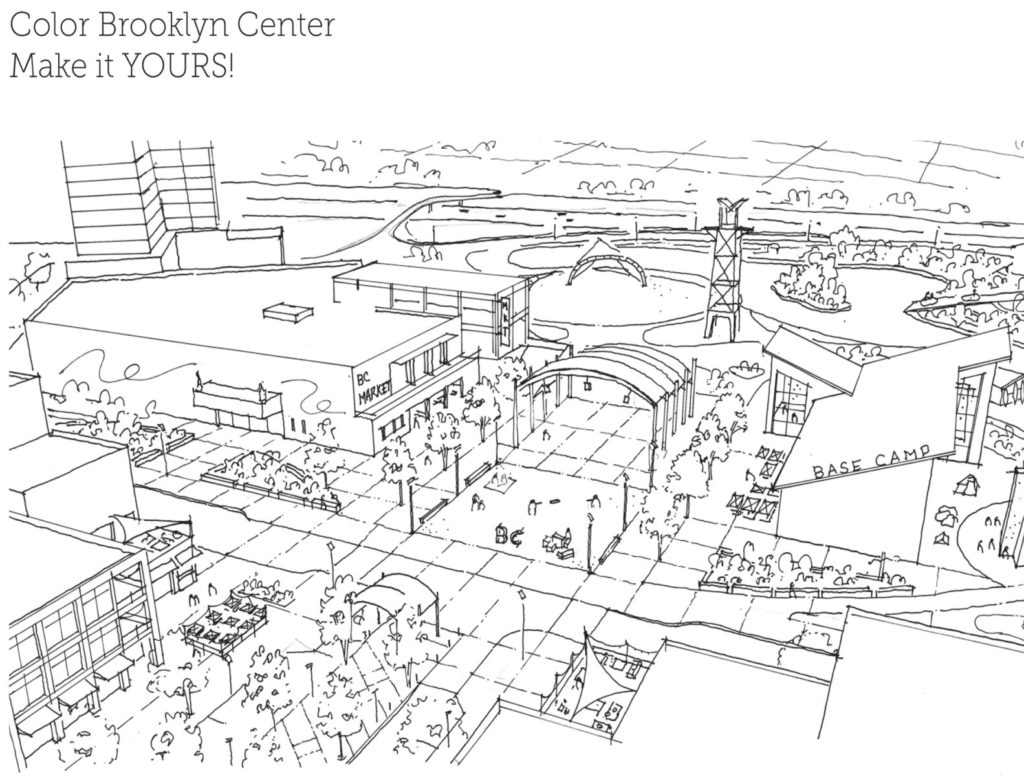Meeting them Where they Want to Be: How Planners Can Embrace the Moment and Get Creative
Meeting them Where they Want to Be: How Planners Can Embrace the Moment and Get Creative

Who, during this time of isolation, distance learning and back-to-back Zoom meetings, actually wants to spend more time online?
How Do We Proceed with Public Engagement While Practicing Social Distancing?
Like everyone, planners and municipal officials are scrambling to adjust to our new, socially-distanced reality. With all public processes put on hold and no set date for a return to public life as we knew it, how can we continue to engage the public in planning projects?
The most common answer to this question thus far has been an industry-wide rush to use more online tools and engagement techniques. Planners have been augmenting person-to-person and traditional meeting techniques with online tools for over a decade, so going online is nothing new. However, in recent weeks I have been besieged with vendors selling me yet more online tools as they try to capitalize on the moment.
While I am not opposed to some of these techniques, I believe there are shortcomings to the rush to go online. Firstly, doing so does not improve how we do our work. It simply allows us to continue doing our work. Improving and continuing are two very different outcomes. If we want to improve our work, we are well-served to think more broadly about these extraordinary times – and to take advantage of the new opportunities they present.
"We should be taking cues from how communities and families are coping, not from vendOrs of online services."
We have a saying in public engagement: “meet them where they are.” While useful as a starting point, and valid during pre-COVID-19 times, I argue that we should also be meeting people where they want to be. This is particularly important while in quarantine. If we open our eyes and observe how people are choosing to adapt, perhaps asking people to go online is not the best idea. After all, who, during this time of isolation, distance learning and back-to-back Zoom meetings, actually wants to spend more time online? I venture none. Our engagement techniques should be taking cues from how communities and families are adapting and coping, not from vendors of online services.

Meeting Them Where They Want to Be
Communities and families are adapting by re-discovering old interests in crafts, taking on new challenges in art, gathering to do puzzles, reading books and magazines. Kids are turning sidewalks into chalk galleries, while families rediscover the simple joy of walking. Distance learning is forcing parents to use everyday life to teach math, social studies, and English. And neighborhoods are coming together on front yards and balconies, at a safe sociable distance.
"It is our job as planners to embrace the moment and think creatively."
These are the examples that planners should be observing as we think about how to engage the public while practicing social distancing. One of our projects in the Twin Cities is in a period of public review. Because we have been forced to delay all meetings, our team is using this time to engage and educate the public in a different way. One idea is to translate the executive summary of the Master Plan into a 2,000-piece puzzle complete with renderings, goals and strategies, maps, infographics, and other information essential to the plan. Though not for everyone, families that choose to do this option will develop a deep understanding of the plan – which we believe will lead to better engagement in the future.

We are also distributing a master plan coloring book to residents. The coloring book consists of project renderings that have been converted to simple black and white line drawings – perfect for coloring, reducing stress, and passing the time for kids and adults. This book can be distributed to 20,000 residents easily by e-mail or coordinated with schools and included in the pick-up packets.

The team is also considering ways in which this time can be used to create public art – even though we are alone in our private homes. We are experimenting with ways for community members to make individual art at home that will someday come together to become a larger work of public art
These are just some ideas for how planning projects can continue in a creative way during this time of social distancing. Eventually, we will emerge from this time and re-engage in public life as we once knew it. We will gather and we will meet face-to-face. In the meantime, it is our job as planners to embrace the moment and think creatively — not just about how we can continue our work, but how we can do our work better.